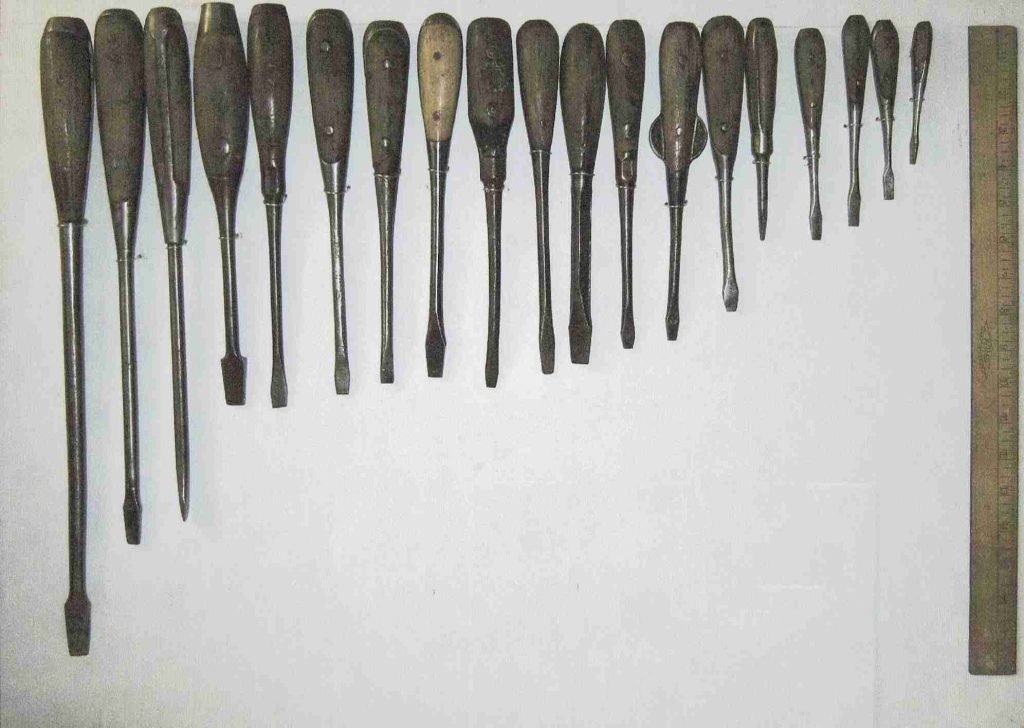Drill Machine
The invention of the drill machine is often attributed to the ancient Egyptians, who used primitive hand-held drills made of copper and bronze to bore holes in materials like wood and stone. However, it wasn’t until the 19th century that the modern drill machine as we know it today was developed.

In 1813, Englishman Samuel Miller invented the first mechanical drill machine, which was powered by steam and used for drilling metals. Over the years, the drill machine underwent various improvements and advancements, including the introduction of electric and pneumatic power sources, the development of multiple spindle machines, and the invention of specialized drills for various applications.

Today, drill machines are used in a wide range of industries, from construction and manufacturing to woodworking and DIY projects. They have revolutionized the way we create holes and shaped the world around us.
Here are some Example of Drill Machine
- Impact drills
- Hammer drill
- Rotary hammer
- Drill press
- geared head drill
- radial arm drill
- Magnetic drill
- Mill drills
- Surgical drill
The screwdriver

The screwdriver is a common tool used for driving screws into various materials. It is believed that the first screwdrivers were developed in the late 15th or early 16th century in Europe, although the exact origin is unclear. At first, they were used mainly by craftsmen and were made by hand. In the 20th century, the mass production of screwdrivers became possible thanks to the invention of the automatic screw machine, which greatly reduced the cost of production.

The screwdriver has since become an essential tool for builders, engineers, and DIY enthusiasts worldwide. It has evolved into different types and sizes to accommodate various screw heads, including the flathead and Phillips screwdriver. The invention of the screwdriver has revolutionized the building and manufacturing industries, making it easier and faster to construct complex structures and machines.
The screw
The screw is a simple but incredibly useful invention that has revolutionized modern manufacturing and construction. The exact origins of the screw are unclear, but it is believed to have been developed by the ancient Greeks or Romans as a simple tool to hold objects together.

In the 15th century, the screw press was developed. The industrial revolution saw the development of machine tools that could create screws with great precision, which enabled the mass production of complex machinery and products.

Today, screws are used in almost every aspect of modern life, from electronics to construction. They are an essential component of many machines and devices, and their versatility and reliability make them an indispensable part of modern manufacturing.
Imagine the World without Screw, Screwdriver, and Drill Machine.
Without screws, screwdrivers, and drill machines, it would be challenging to secure objects together, drill holes, and fasten different materials. Here are some possible consequences:
- Limited ability to fasten objects:
Without screws, it would be challenging to secure objects together, especially those made from different materials. This would limit the ability to create complex structures and machinery. - Inability to drill holes:
Without drill machines, it would be challenging to create holes in different materials. This would make it difficult to install fasteners, create openings for wiring and plumbing, and perform other essential tasks. - Reduced precision and efficiency:
Using alternative methods for fastening and drilling, such as nails, hammers, and manual drills, would be less precise and efficient. This would increase the likelihood of mistakes and make it more time-consuming to complete projects. - Increased labor and costs:
Without the convenience and efficiency of screws, screwdrivers, and drill machines, completing projects would require more labor and time. This would increase the cost of labor and materials, making it more challenging to complete projects on time and within budget.
Overall, the absence of screws, screwdrivers, and drill machines would have a significant impact on the ability to fasten objects, drill holes, and complete projects with precision and efficiency. It would make many tasks more challenging, time-consuming, and costly, limiting the scope of what can be accomplished.